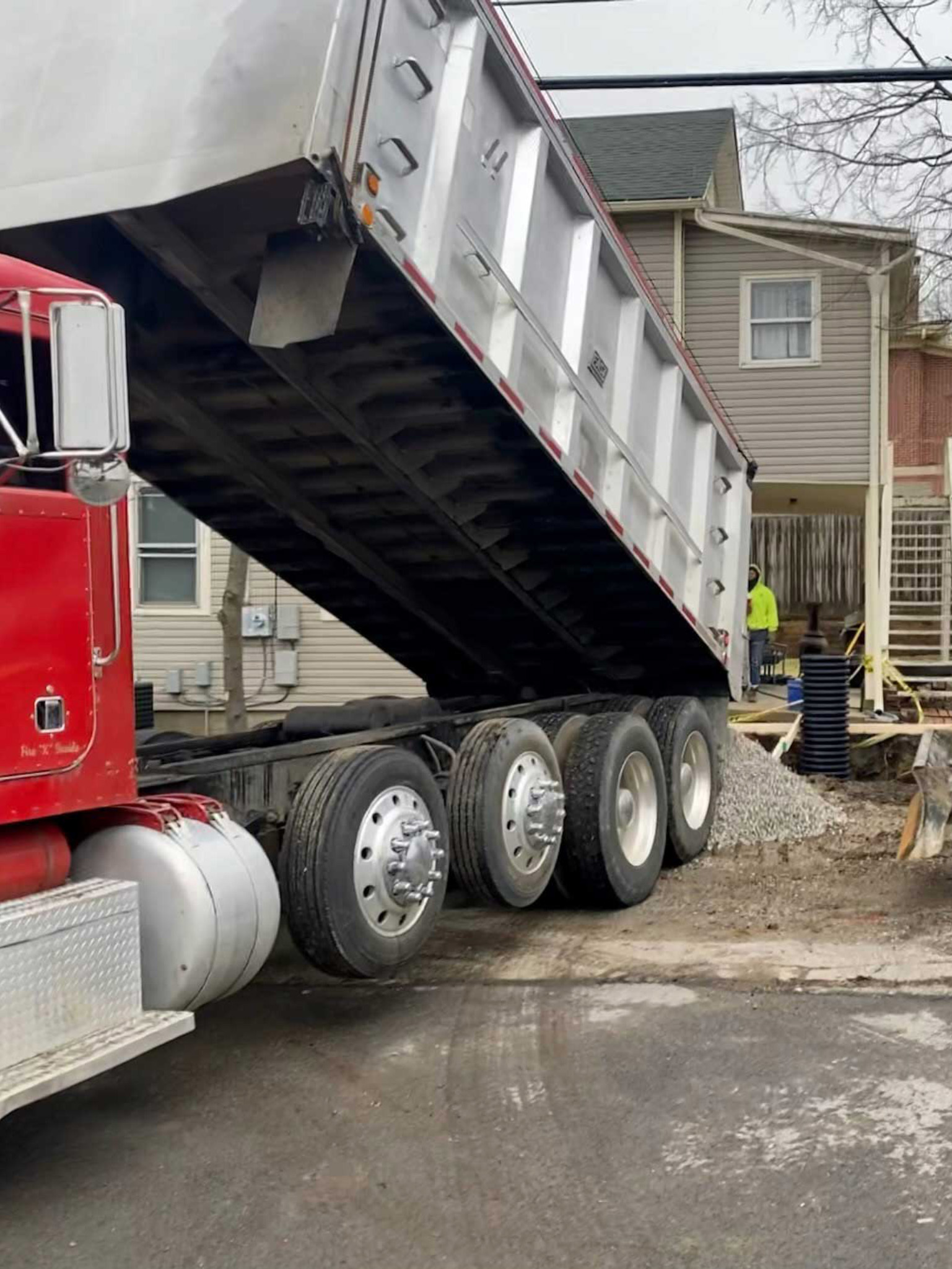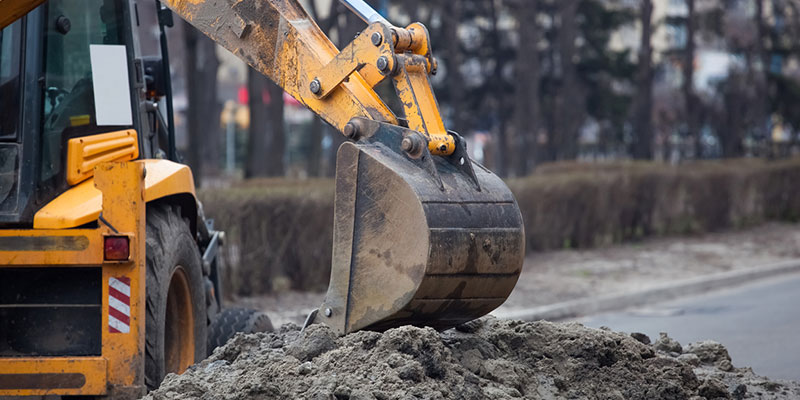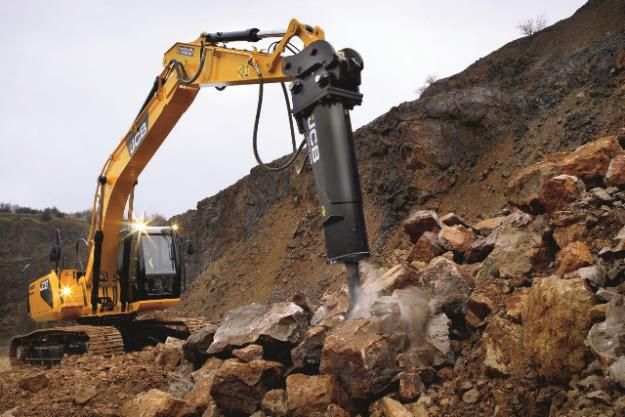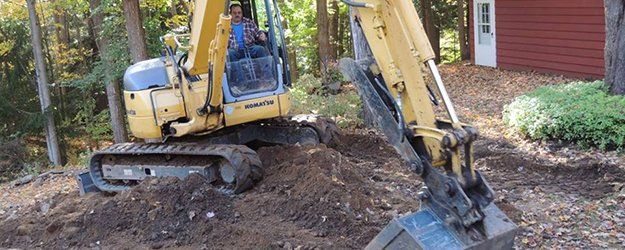Comprehensive Excavation Approaches: Mastering the Basics for Success
In the realm of building and construction and civil design, the value of effective excavation methods can not be overemphasized. The careful planning, precise implementation, and precise attention to detail needed in excavation jobs demand a thorough technique that encompasses different fundamental aspects. From preliminary soil analysis to the execution of safety actions and regular progression tracking, mastering these core elements is important for attaining success in any kind of excavation undertaking. The true proficiency exists not just in understanding these fundamentals but in perfectly incorporating them to browse the complexities of excavation projects with skill.
Comprehending Excavation Project Planning

Effective excavation tasks are developed on the foundation of thorough and comprehensive planning. The first stage of any type of excavation task is the planning phase, where vital decisions are made that can significantly affect the outcome of the job. Throughout this stage, it is important to gather all appropriate details regarding the website, consisting of topographical surveys, soil structure, and any possible hazards that might exist. Understanding the task extent, spending plan, and timeline restraints is critical for producing a detailed excavation strategy that makes certain the project's success.
One key facet of excavation job planning is the growth of an in-depth timeline that outlines the sequence of landmarks, activities, and deadlines. By carefully thinking about all these factors throughout the preparation stage, excavation projects can be executed efficiently and effectively, leading to effective end results - lancaster excavation.
Soil Analysis and Website Analysis
Conducting thorough dirt evaluation and website analysis is a crucial action in the prep work phase of any type of excavation project. Soil analysis entails determining the composition, framework, and residential or commercial properties of the dirt at the excavation website. This information is critical for understanding the soil's bearing capability, dampness content, and potential for erosion, which are essential variables in establishing the excavation methods and equipment needed for the project.
Site analysis goes beyond soil evaluation and encompasses a more comprehensive assessment of the total site conditions. This analysis consists of determining any possible hazards, such as underground energies, environmental worries, or unsteady surface, that can influence the excavation procedure. By completely evaluating the website, job managers can develop reliable excavation approaches that focus on safety and security, effectiveness, and environmental management.
Making use of sophisticated innovations like ground-penetrating radar, dirt sampling, and drone surveys can boost the accuracy and effectiveness of dirt analysis and site examination. Investing time and sources in these initial steps can eventually conserve time and prevent costly hold-ups or difficulties throughout the excavation process.
Tools Choice and Usage
Reliable excavation projects rely greatly on tactical devices option and use to guarantee optimal efficiency and productivity. Choosing the right devices for the job is critical in maximizing efficiency and decreasing downtime. Factors such as the sort of dirt, depth of excavation, and job range play a substantial duty in establishing one of the most appropriate tools for the task handy.

Along with choosing the proper equipment, appropriate usage is crucial to task success. Operators needs to be trained to handle the tools securely and efficiently - septic ohio. Regular maintenance checks and timely fixings aid protect against failures and make certain constant efficiency throughout the task
Safety Procedures and Regulations Compliance
In the realm of excavation jobs, focusing on security measures and conformity with policies is critical to ensuring a protected and legitimately audio operational environment. Safety steps include a variety of practices, consisting of carrying out extensive site analyses, executing appropriate signs and obstacles, and giving adequate safety and security training for all employees associated with the excavation procedure. Adherence to guidelines, such as OSHA demands in the United States, guarantees that the excavation project fulfills the needed criteria to secure employees, spectators, and the surrounding atmosphere.

Surveillance Progression and Adjusting Approaches
Just how can predict supervisors properly track the innovation of excavation jobs and adjust their strategies accordingly to optimize results? Tracking progression is essential for ensuring that excavation tasks stay on track and meet deadlines.

Final Thought
In verdict, understanding the principles of comprehensive excavation techniques is essential for the success of any type of project. By recognizing job planning, analyzing dirt and website problems, picking ideal devices, abiding by safety and security regulations, and monitoring progression, job supervisors can ensure a efficient and smooth excavation process. Applying these strategies will certainly cause effective end results and decrease potential threats or obstacles during the excavation job.
The first phase of any type of excavation task is the preparation stage, where vital choices are made that can dramatically affect the outcome of the job. Comprehending the job extent, timeline, and budget plan restraints is essential for producing a comprehensive excavation strategy that makes sure the task's success.
Just how can predict managers effectively track the development of excavation projects and adjust their approaches accordingly to enhance results? By very closely monitoring development and being prepared to adapt methods, job managers can improve the overall success of excavation projects.
By comprehending job preparation, analyzing soil and why not look here website conditions, choosing ideal devices, abiding with security laws, and checking progress, task supervisors can make sure a efficient and smooth excavation process.